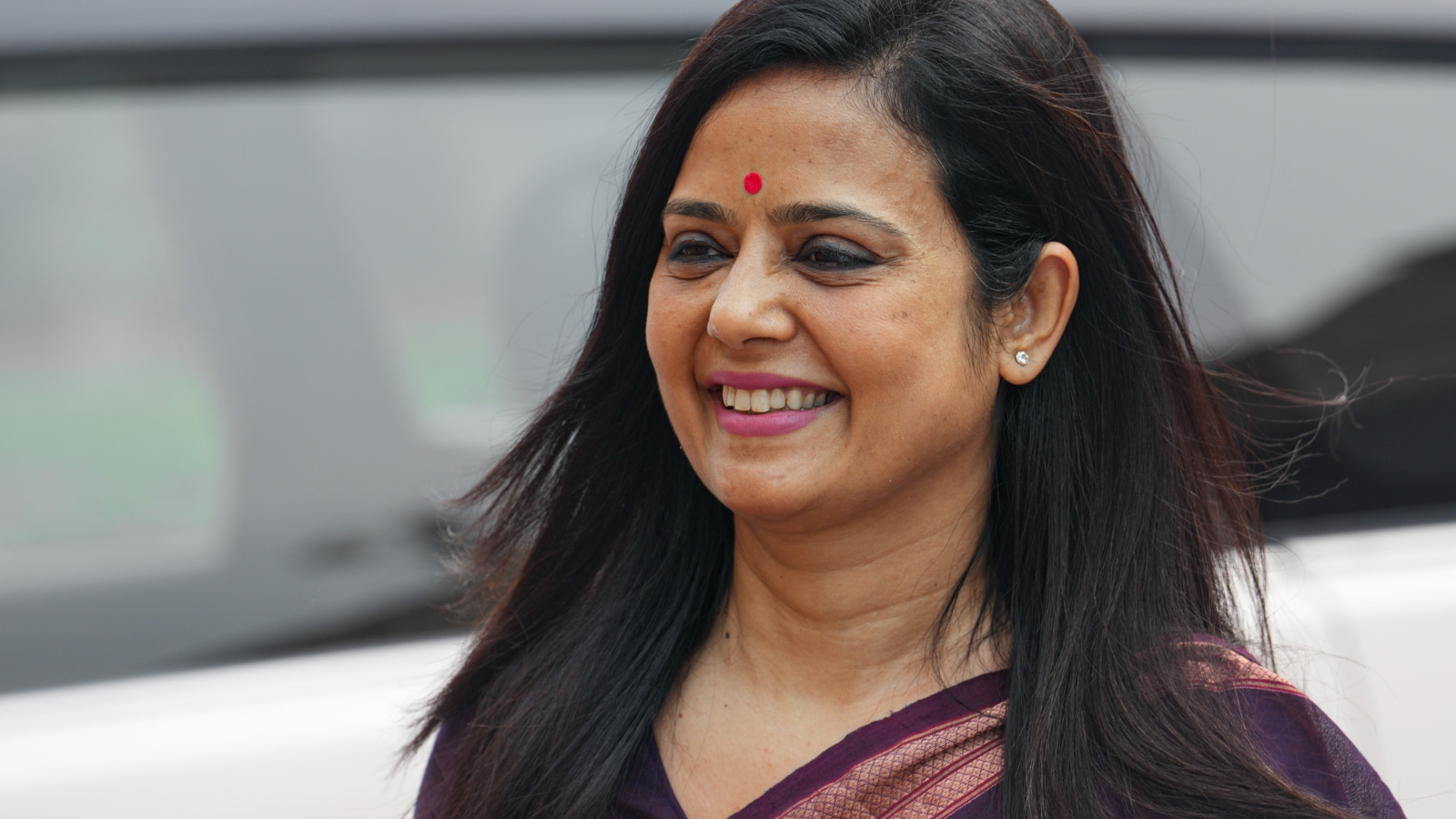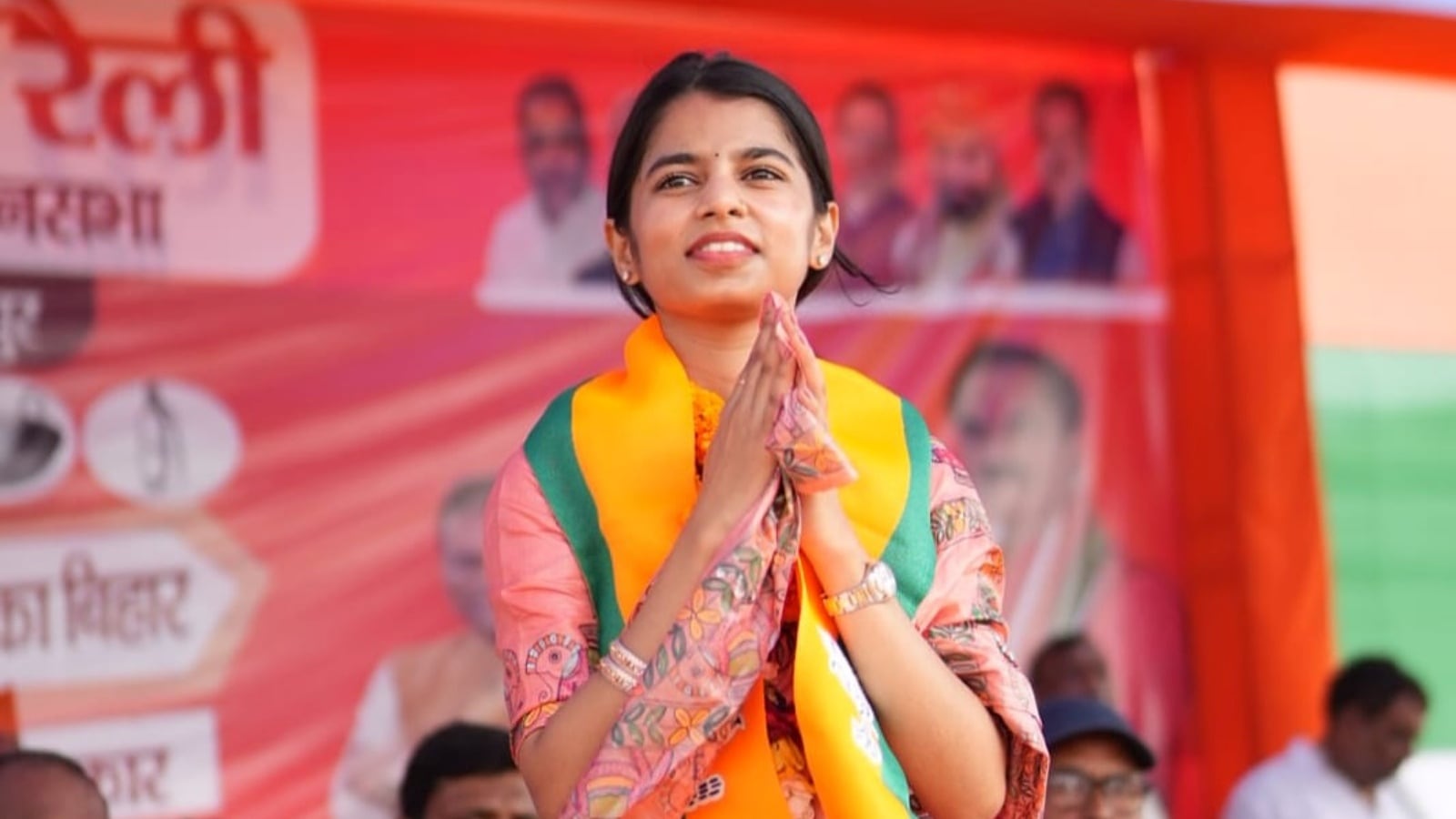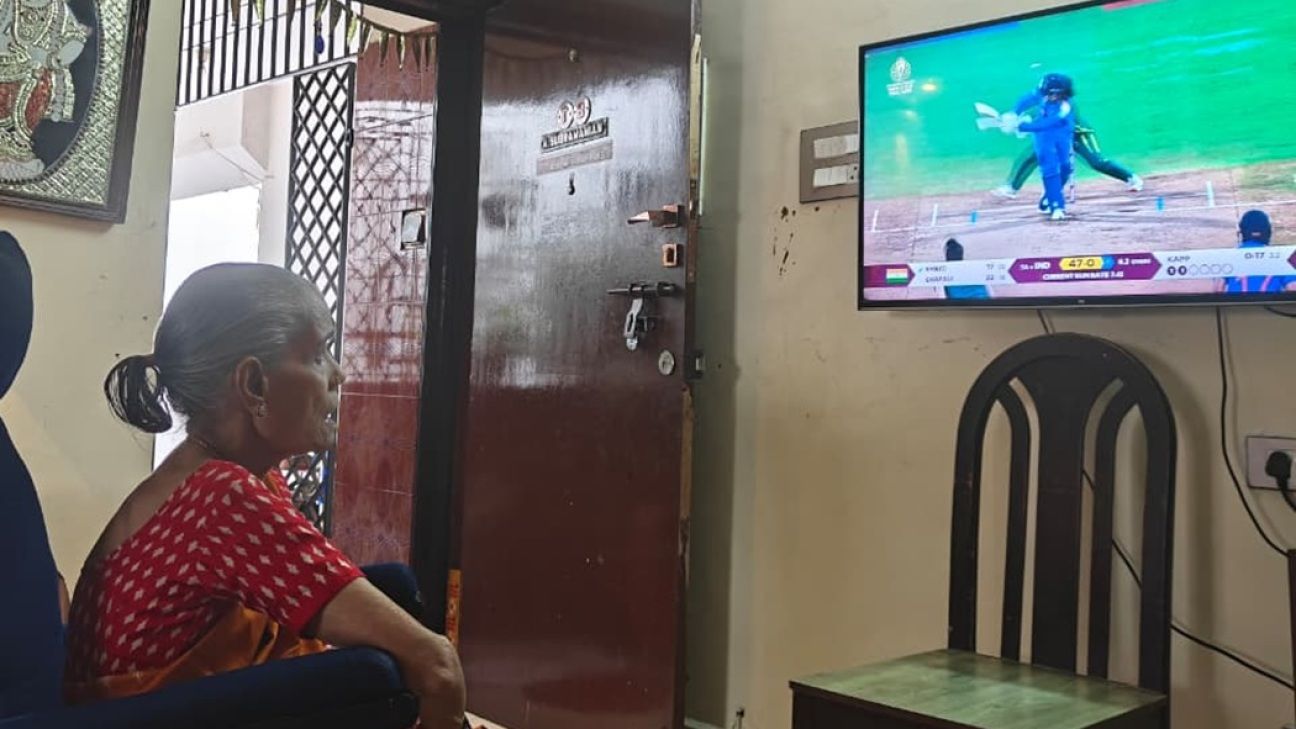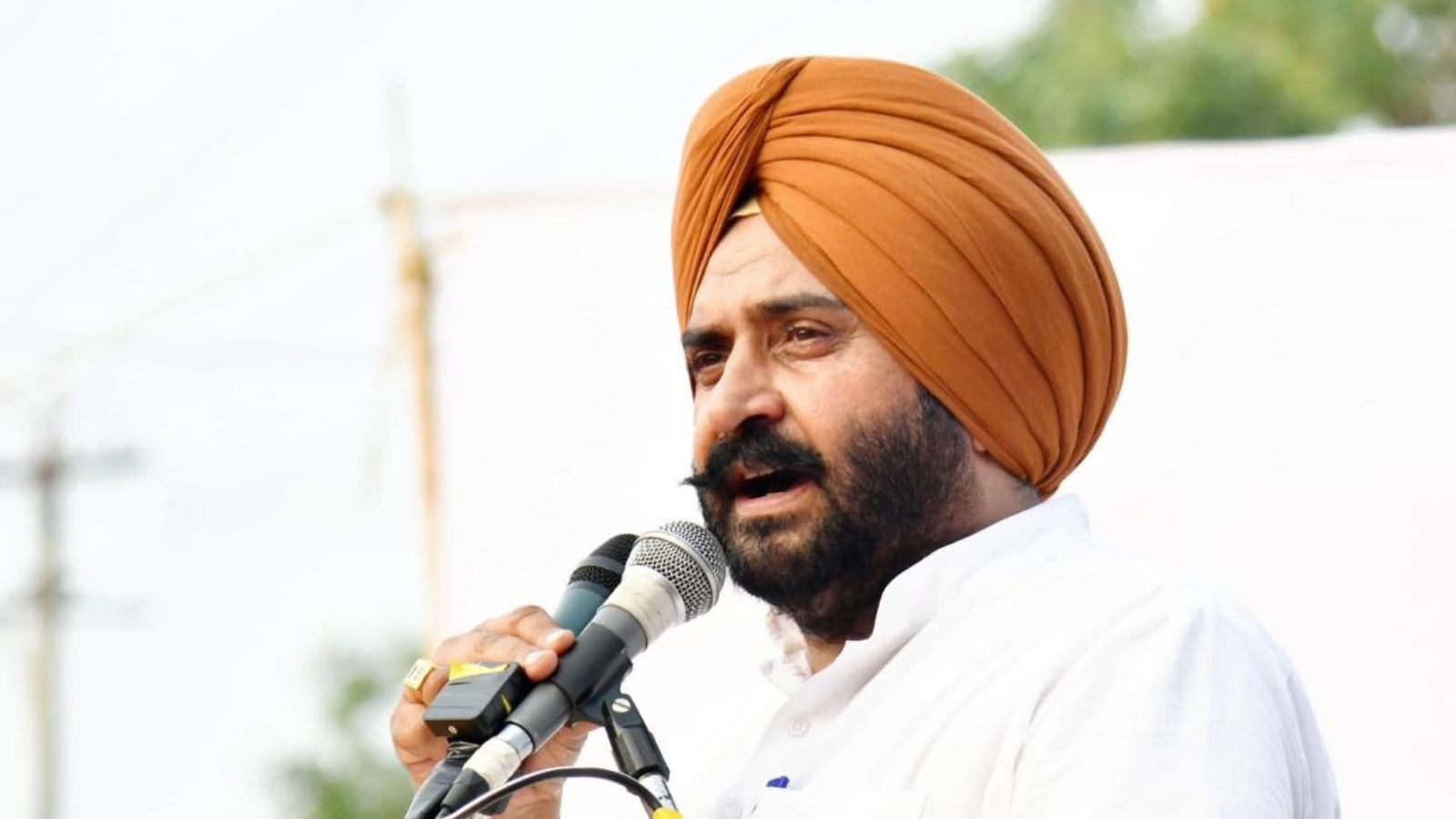When India lifted its first World Cup trophy in a shower of golden confetti a week ago, cheered by nearly 40,000 spectators at a packed DY Patel Stadium in Navi Mumbai, the magnitude of its achievement began to reverberate across a country that had never before celebrated women cricketers in this way.
It is too early to assess the impact of what happened last Sunday, but the early signs are important. The 2025 Women’s World Cup Final was broadcast by 185 million viewers in India, and was watched by 92 million on television, the corresponding viewership of India’s victory in the 2024 Men’s T20 World Cup Final. If even a small fraction of that number are inspired to act, the impact could be enormous.
In Chennai, 85-year-old Vijaya Subramanian, a cricket fan since she was 11, was in tears at midnight on November 3. She said, “I have witnessed all the sporting glories in my life and I want to say that this is just the beginning for women’s cricket in India. My advice to all young parents is not to differentiate between boys and girls. Times have changed and today women stand shoulder to shoulder with men on the field. After winning the World Cup, times will change. Better, right?”
In Bengaluru, five-year-old Akshara picked up a plastic paddle the next morning, imitating Jemima Rodriguez’s sweeps, and her cousin Swara replayed clips of her diving catch on repeat. Akshara’s mother, Shweta, called up a few academies on the same day, only to be told to wait until her daughter turned seven.
In Mumbai, Vishal Yadav’s phone wouldn’t stop ringing. As head of operations at the Women’s Cricket Academy, he received more than 200 phone calls in the days after the final from parents wanting to sign up their daughters for training. “We had a couple calling on behalf of their wives who wanted to learn cricket,” he says. He had to explain to them that the academy focused on training age groups. “We started in 2017 after interest in the World Cup, but this is unprecedented.”
Sunil Soni, the coach who coached Mumbai Indians player Humaira Kazi, tells a similar story. He has been receiving calls from all age groups and is already planning an exclusive training group for women.
In Kakinada, Andhra Pradesh, the victory sparked street celebrations. Videos emerged of impromptu performances at the halfway stage, of people cheering and setting off fireworks as India won the title.
For decades, women’s cricket in India had existed in the shadows, but something fundamental changed in the country’s sporting consciousness when India paraded the World Cup to a sea of cheering fans. From Bollywood stars, business tycoons, former players and administrators to the guy living down the street, the sentiment was clear and unmistakable: cricket no longer feels like a man’s game; Women have come into their own.
The road to that night in Navi Mumbai was not easy at all. Players have grown up fighting prejudice, been told to focus on their studies, been ridiculed for their ambition, and reminded of the many obstacles in their path. India is a country where countless girls drop out of sports at the start of their menstrual cycle because of social stigma, and where men, according to former Indian cricketer Shubhangi Kulkarni, once came to watch women play just to see if they were wearing skirts or trousers.
Harmanpreet Kaur learned to play cricket with a hockey stick alongside the boys. Shafali Verma cut her hair so that she can practice unnoticed in Rohtak. That they had to do these things was celebrated, rather than viewed in terms of those experiences – a reflection of the widespread lack of opportunities for women.
Their victories were measured against men’s achievements, and their failures were magnified. There were questions about their amazing physical strength and commitment. In the early stages of the World Cup, after three successive defeats to South Africa, Australia and England, the criticism turned ugly. Social media has been full of comments suggesting that players “belong in the kitchen”, and that equal pay with their male counterparts (women, in fact, receive equal match fees and not equivalent central contracts) is unjustified. Instead of questions about their tactics or execution of plans, players faced scrutiny steeped in misogyny. When they faltered, even some in the media were quick to ask: “How could they lose when they had everything?” For women cricketers, setbacks are often seen as evidence of leniency, as if they must continually justify the resources invested in them.
During the semi-final match against Australia, a spectator posted a video on Instagram showing men on the field taunting Rodriguez for being “too skinny”. Her videos that eventually went viral were of her iconic roles, taking down the champions in a record-breaking chase, but what if the outcome had been different?
Among those in the stands watching India win the final over South Africa was Sudha Shah, the former India player and head coach of the team that lost the 2005 final to Australia. Being there with her former teammates Diana Edulji and Kulkarni, who were part of the team in the 1980s and 1990s, left her emotional. Shah expressed his hope that the win would help change mentalities across the country.
“I got a phone call from my friend’s son and he said, ‘Aunty, I thought girls couldn’t play, but after watching this, I realized I was wrong. This World Cup has changed my perspective. “I was so impressed with the way they were diving, making plays, catching the ball and making shots. ‘And I was like, ‘Wow, this is what you want to hear.’
Throughout the ages, cricket in India has had a certain masculinity to it. Stadiums, commentary boxes, and living rooms during matches were spaces where women often felt like guests rather than participants, and were expected to justify their presence with their knowledge of the game. There is anecdotal evidence that this World Cup was different.
“For the first time, there was no ‘we’ve been watching this forever, who are you to come and claim you’re following this energy’,” says Kirti, a 31-year-old techie from Bengaluru. “In fact, watching the men talk about the women’s team was a positive, happy feeling rather than feeling like they didn’t deserve to watch the sport.”
Women’s cricket has always existed on the fringes of the nation’s imagination – a game recognised, but rarely widely celebrated. Which is why this win and its aftermath seem to herald a deeper change, even in the perception that women’s cricket is a less interesting cousin of women’s cricket. TRUE something.
For girls who live outside big cities, winning the World Cup tells them that their dreams don’t have to be shrunk to fit their surroundings. Deepti Sharma threw her brother in the lanes of Agra. Renuka Singh honed her swing in Dharamsala. Kranti Goud, from Chhindwara in Madhya Pradesh, grew up facing financial struggle and social resistance in a village that did not allow girls to play sports. Now, neighbors and relatives flock to her parents’ house, feed them sweets, and celebrate their daughter’s success.
This would challenge the generation-long ingrained chauvinism that has made cricket a masculine territory or urban privilege. When parents in the villages see players like God and Renuka celebrating on national television, it reframes the possibilities.
The Women’s World Cup also revealed aspects of professional sport that are rarely showcased in the men’s game. Rodriguez speaks openly about her anxiety, unafraid to express her vulnerability. Indian players console South Africa with long hugs after the final match. Harmanpreet admits that she cries a lot in the dressing room. In a sport and society where toughness is often equated with silence and patience, moments like these help normalize struggles with mental health, compassion, and emotional maturity.
However, bias does not disappear overnight no matter how bright the fireworks or viral social media posts. It is time for a transformation in women’s cricket; The question is how this momentum will be harnessed for growth.
“Winning is great, but staying at the top is even more difficult,” says Sudha Shah. “BCCI had camps and they have a lot of facilities. They should keep doing that. There should be a lot of India A tours – I think we should start preparing the second-string team and continue this momentum.”
The improvement at the top level in women’s cricket in India may be easier to continue. A greater effort is needed at the grassroots level, to keep the fire that has just been lit burning when the lights fade. They are not just “queens” or “Indian girls” when they win. They are professionals all year round, and they are role models for a generation that hopefully won’t have to fight the battles for visibility and validation, which is what Harmanpreet, her teammates, and those who came before them did.














